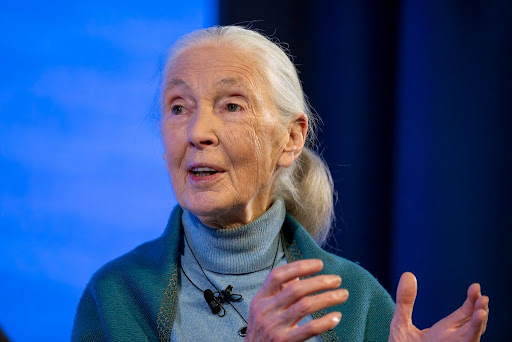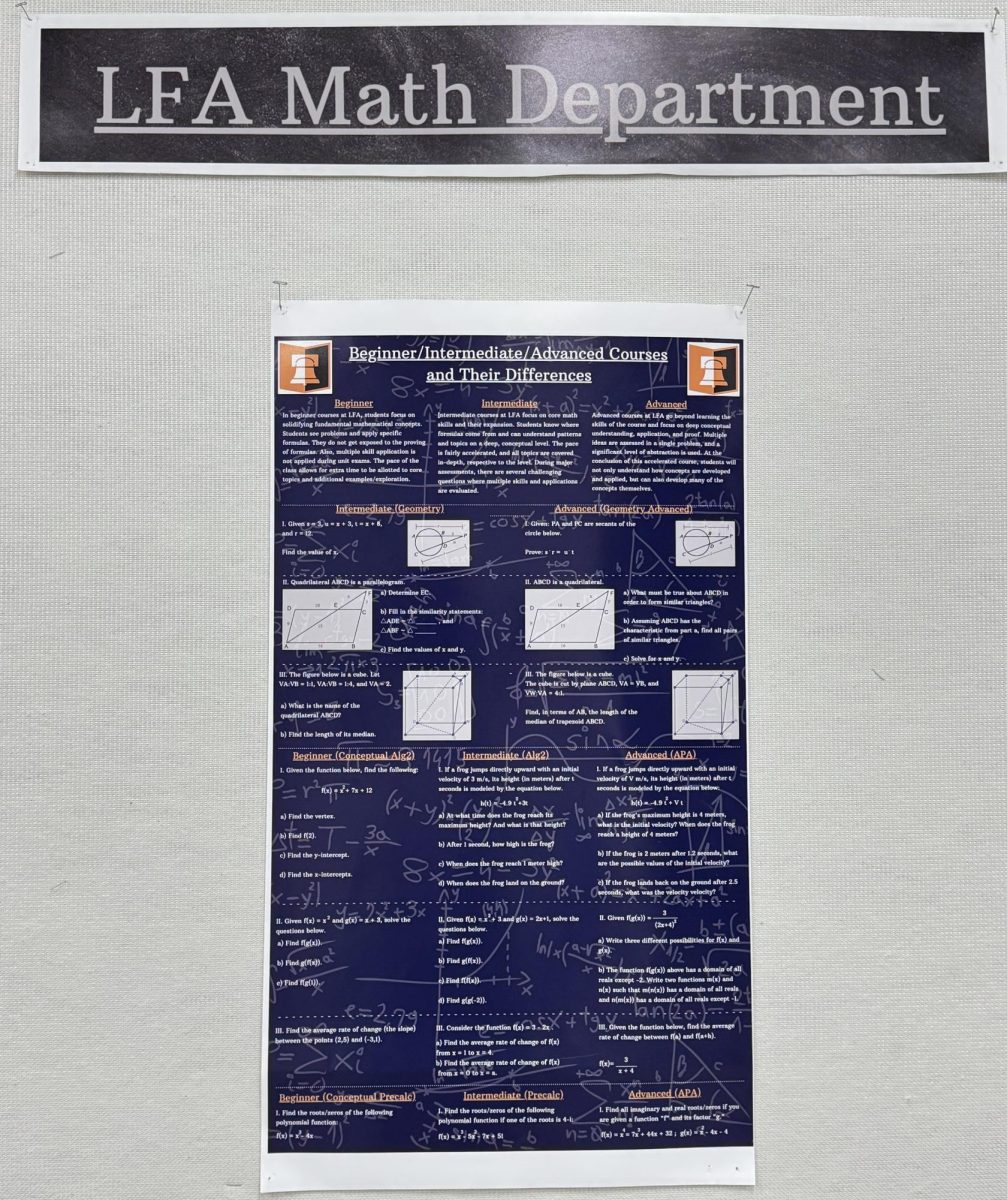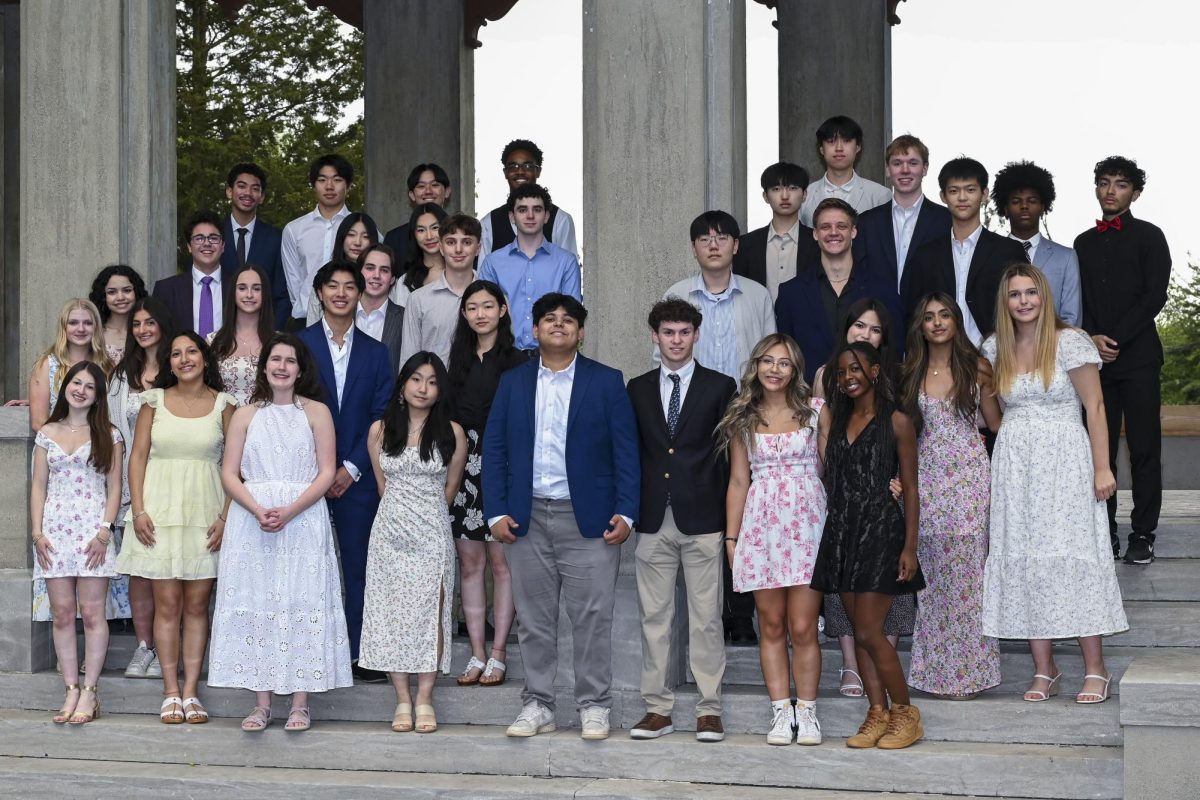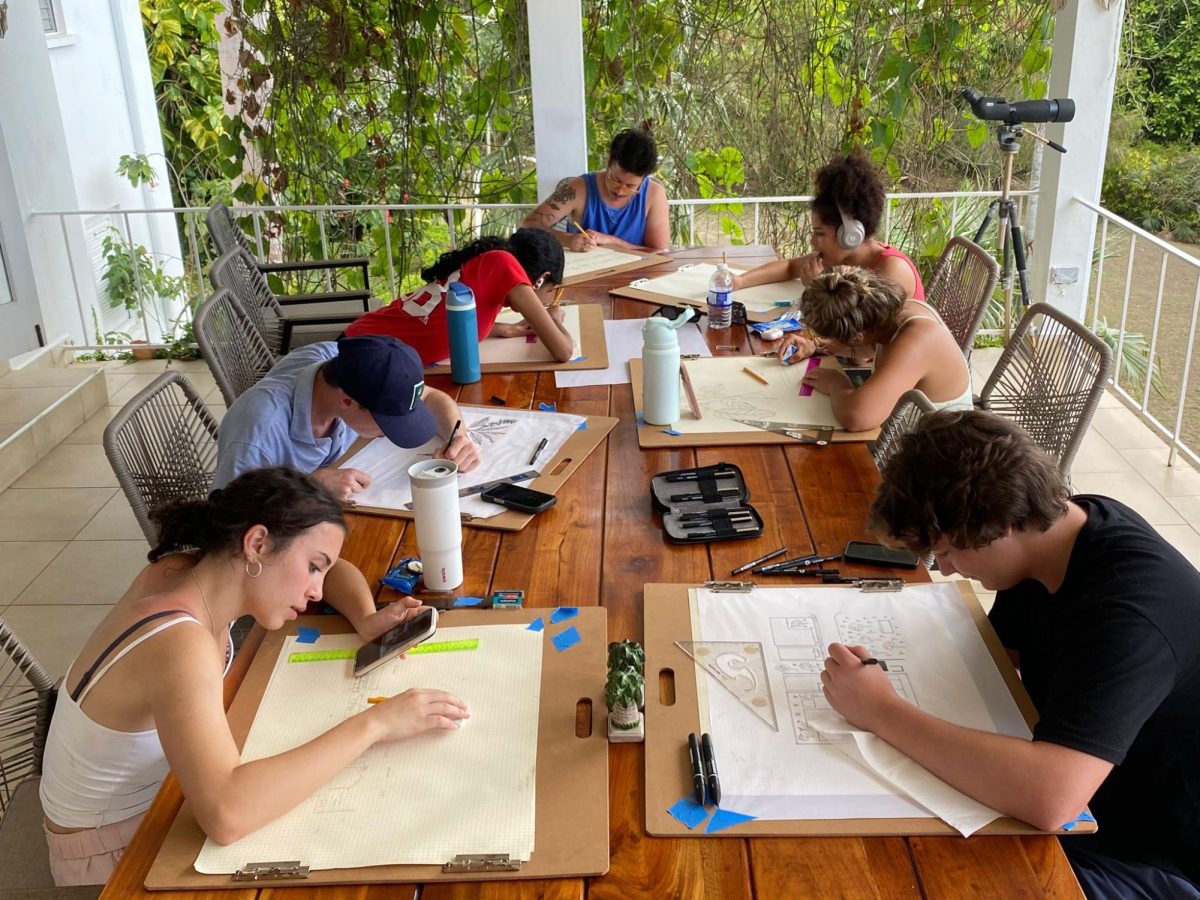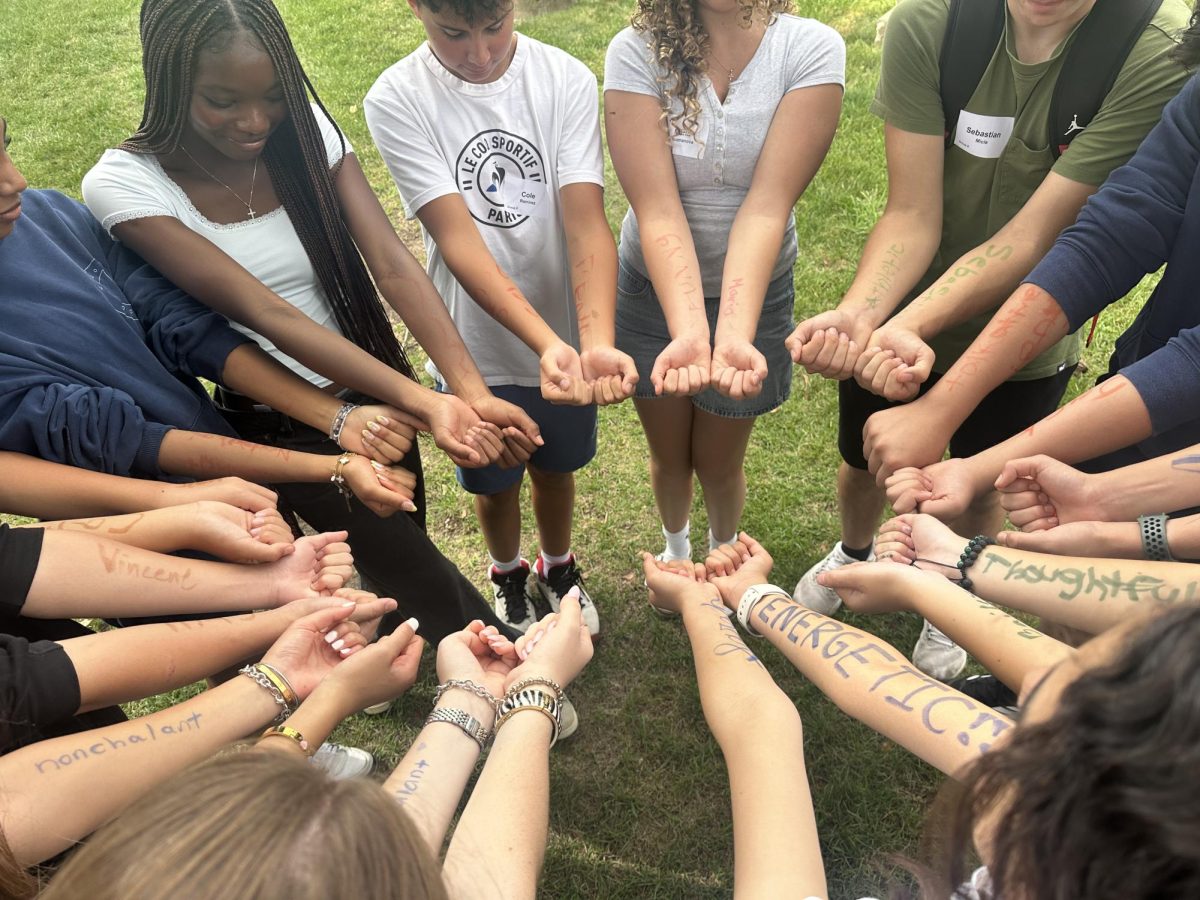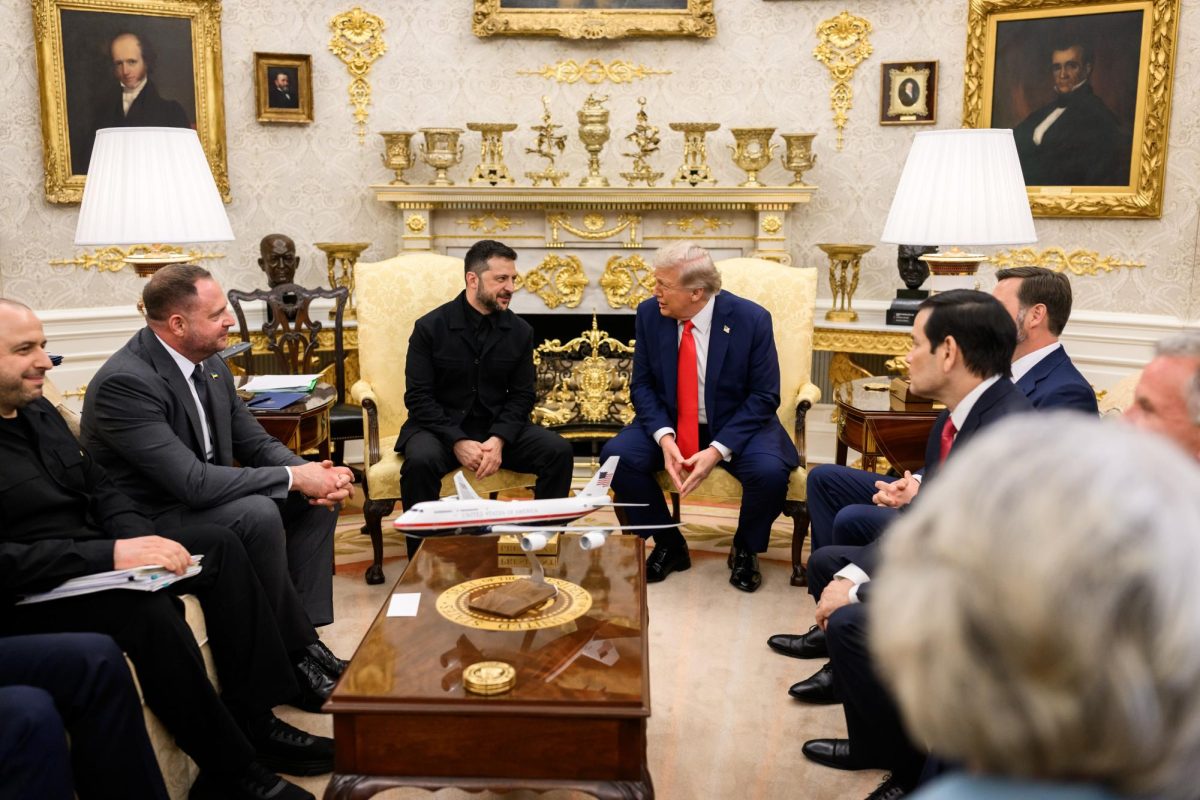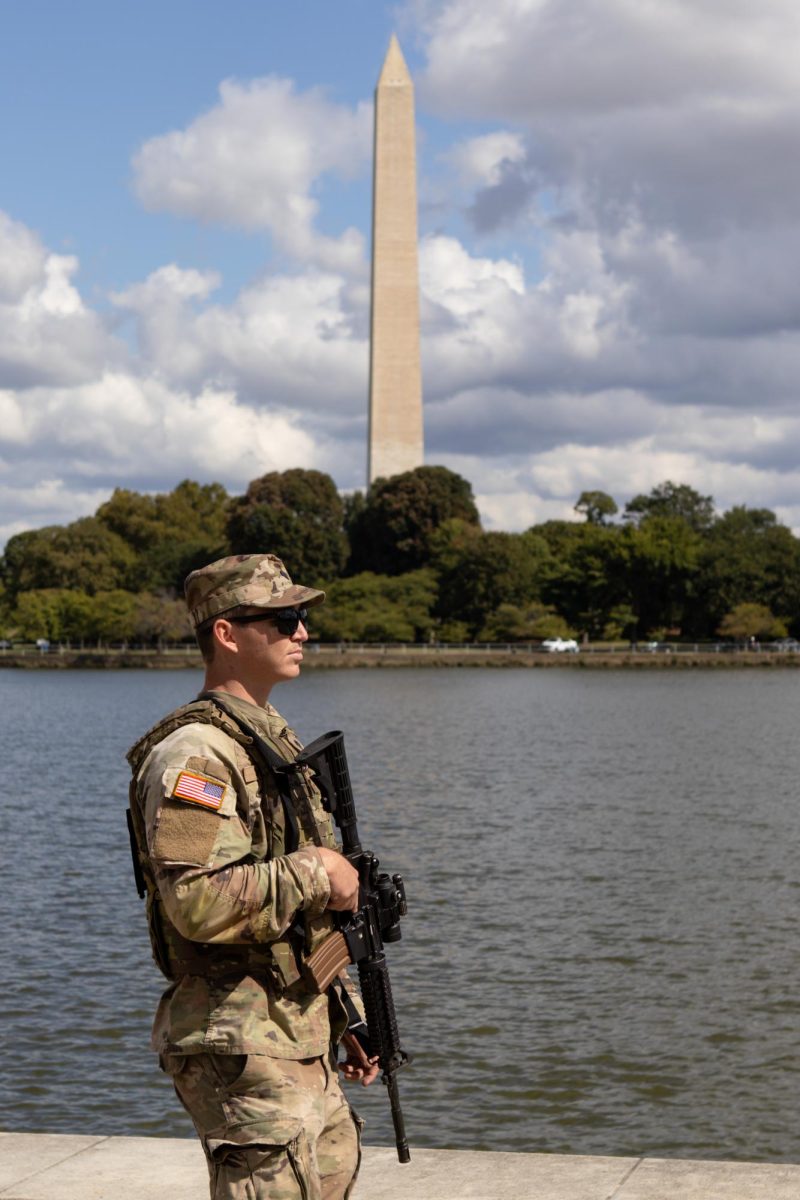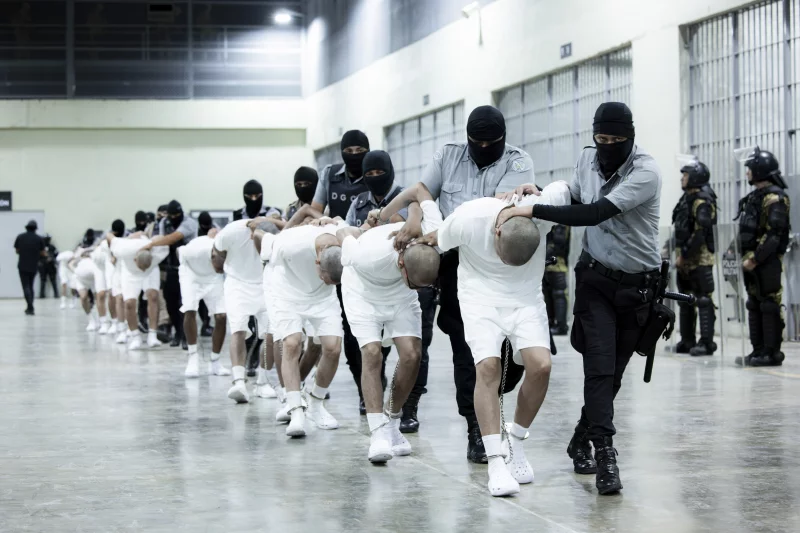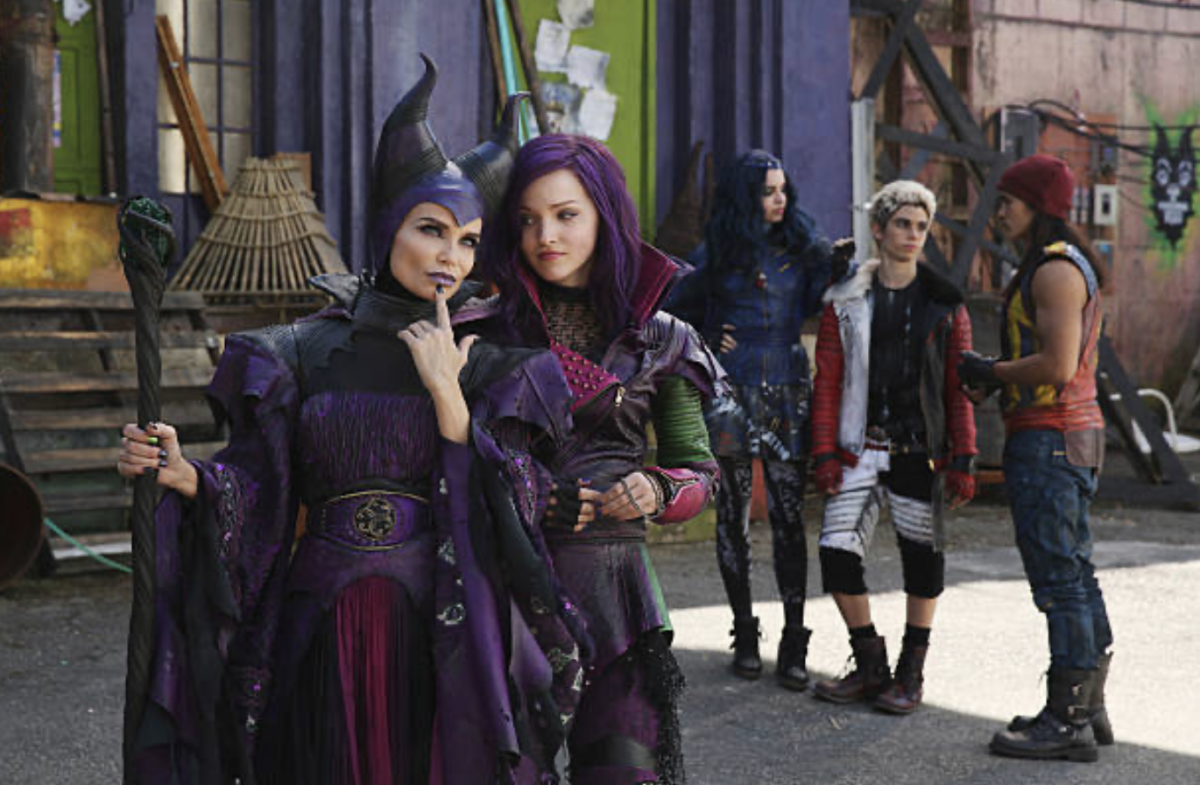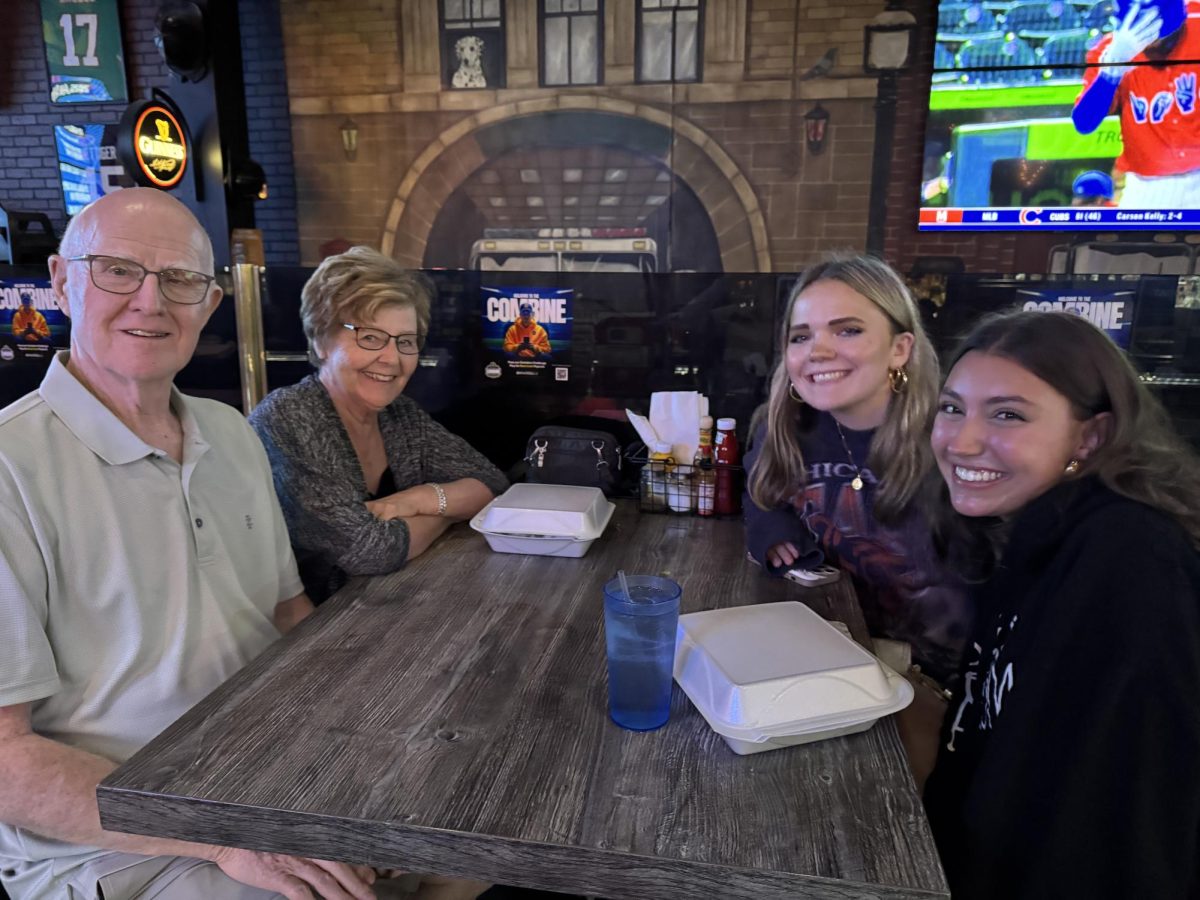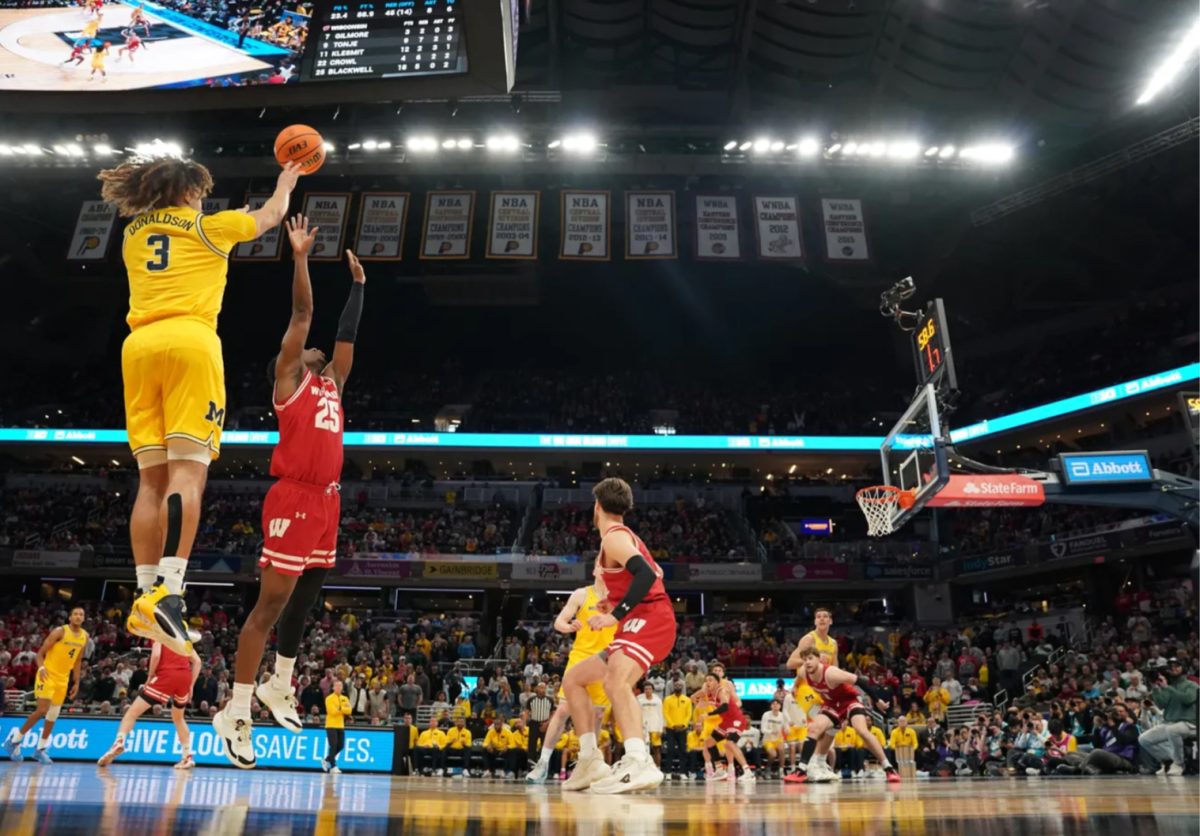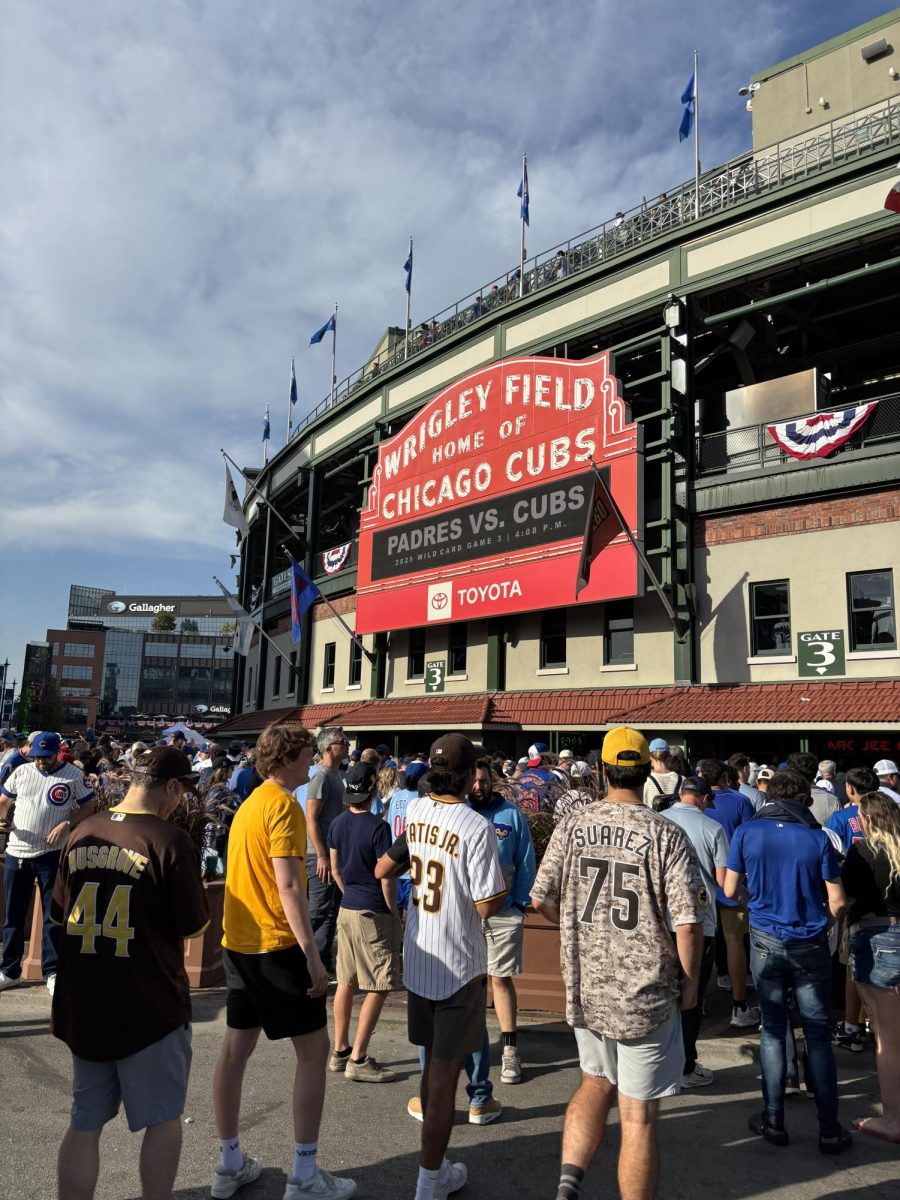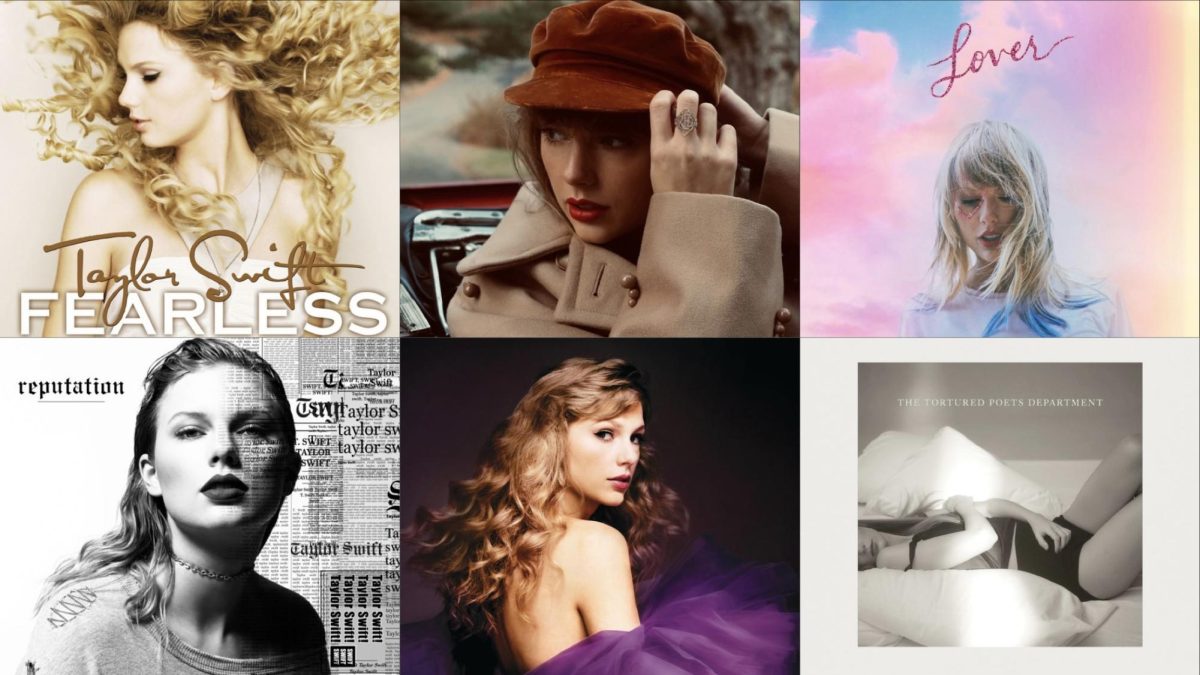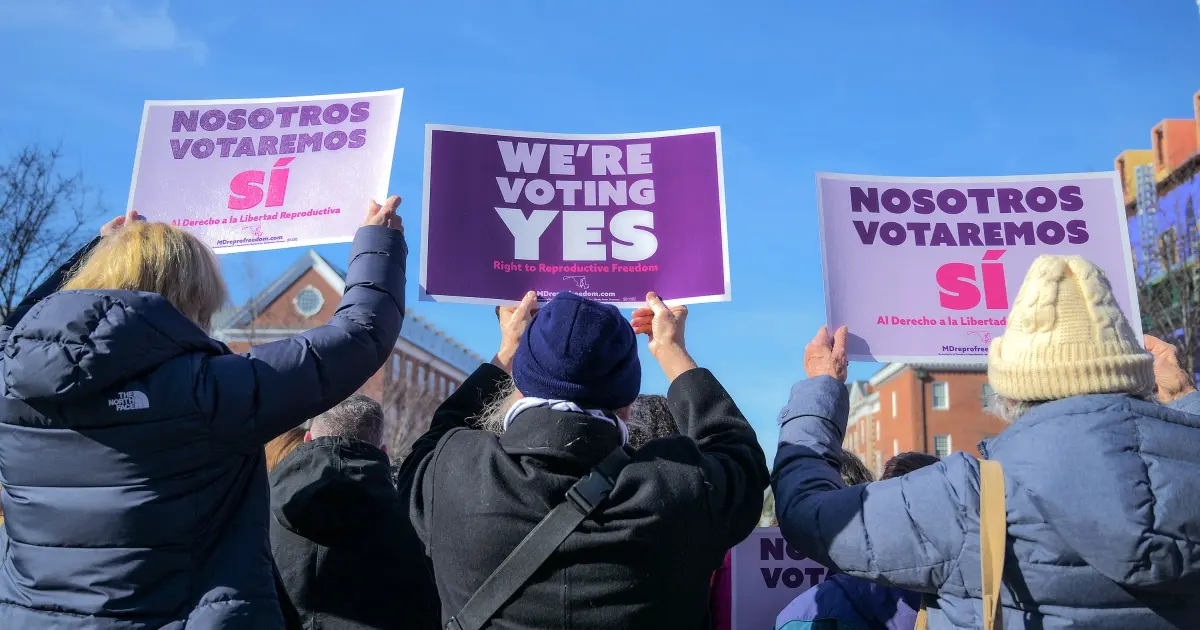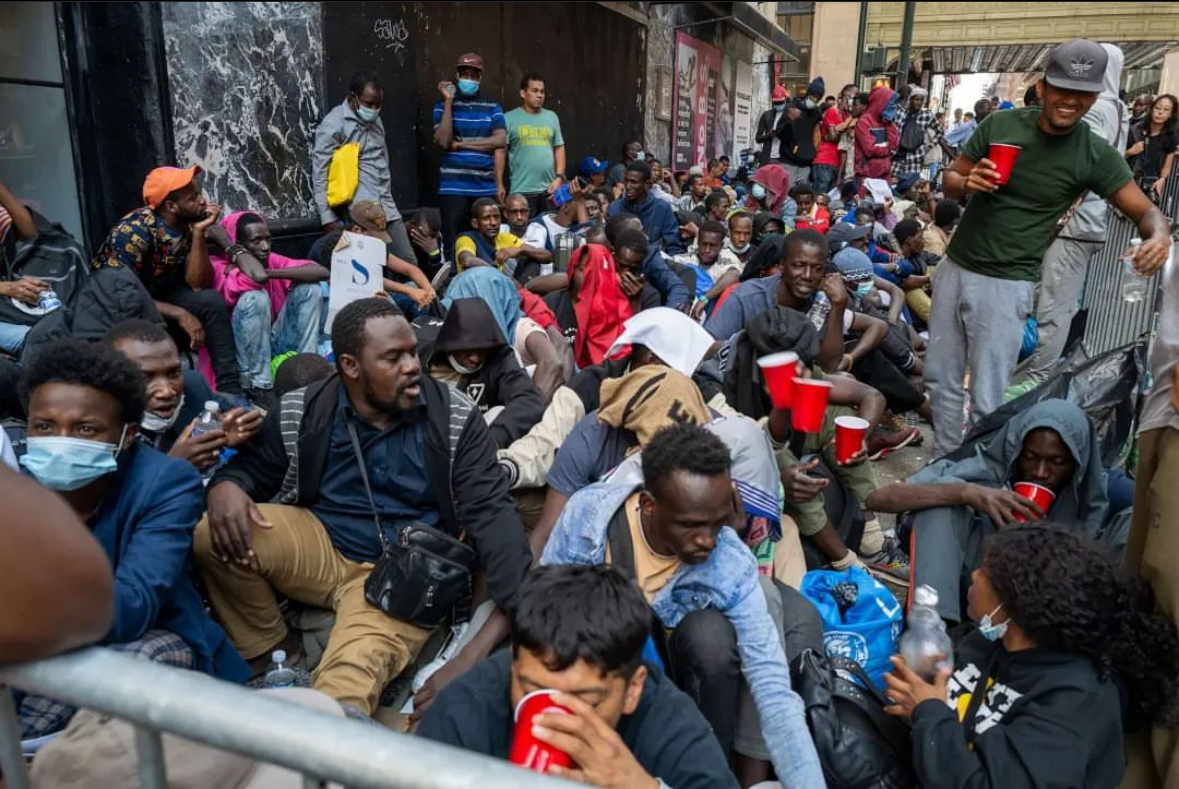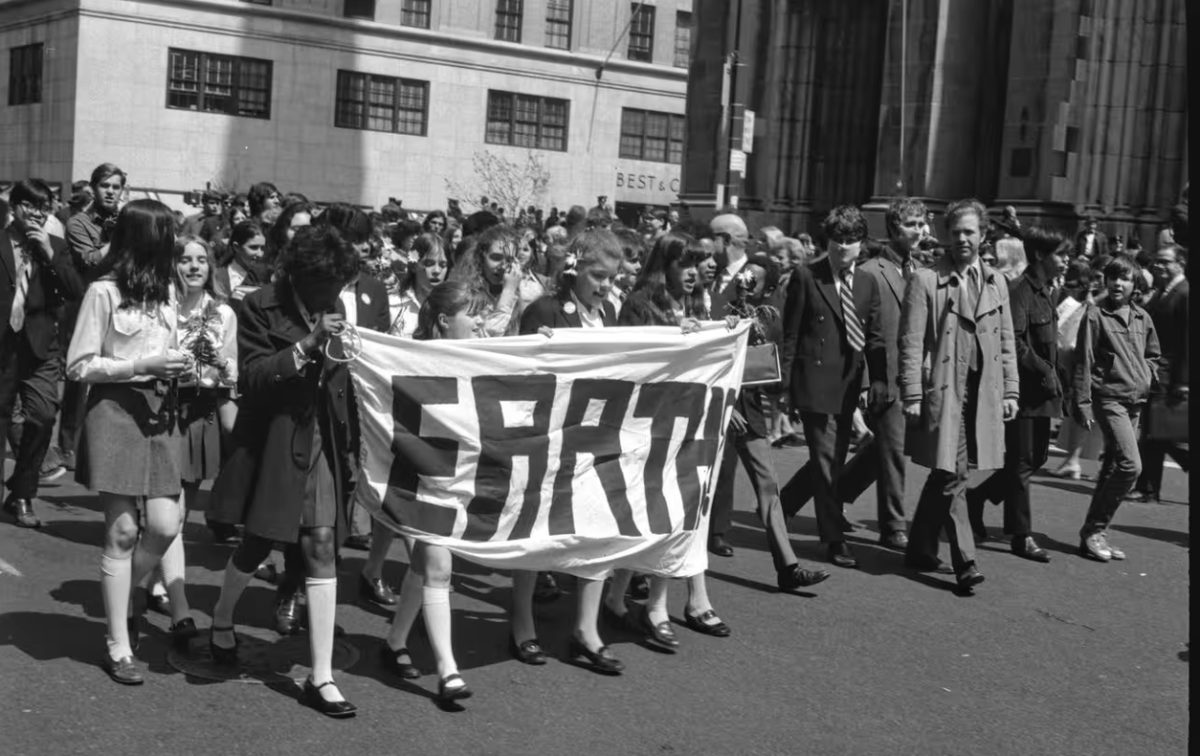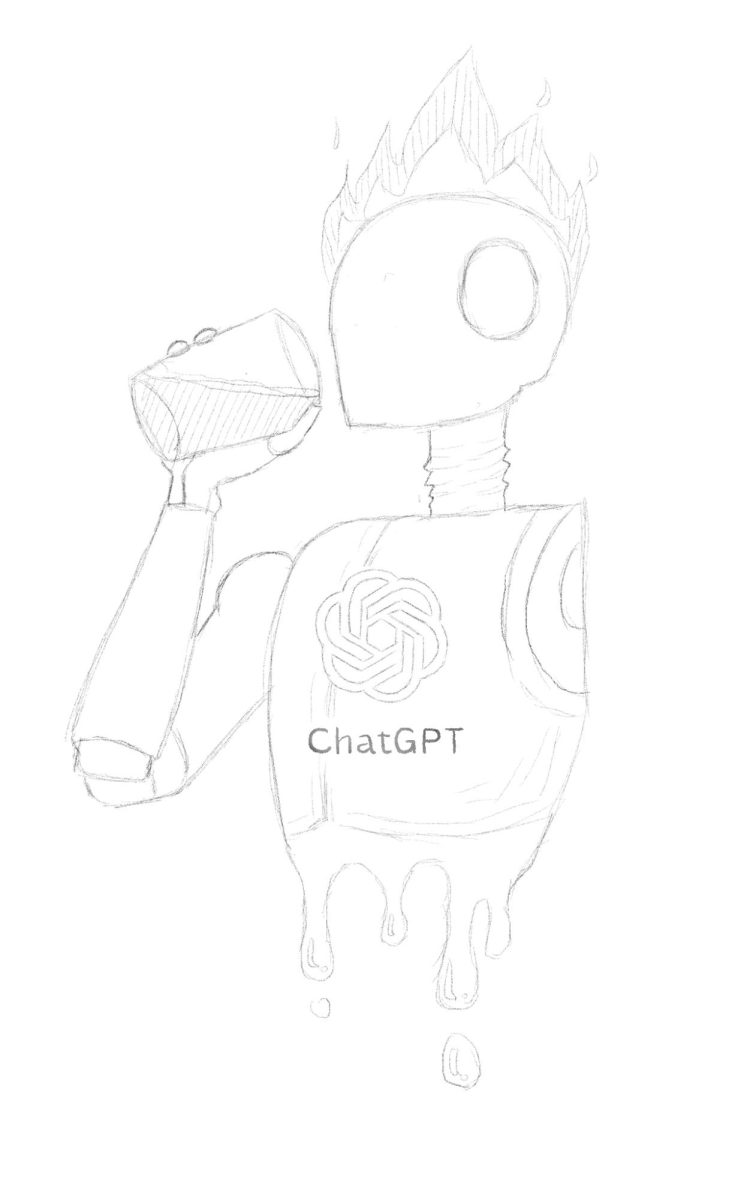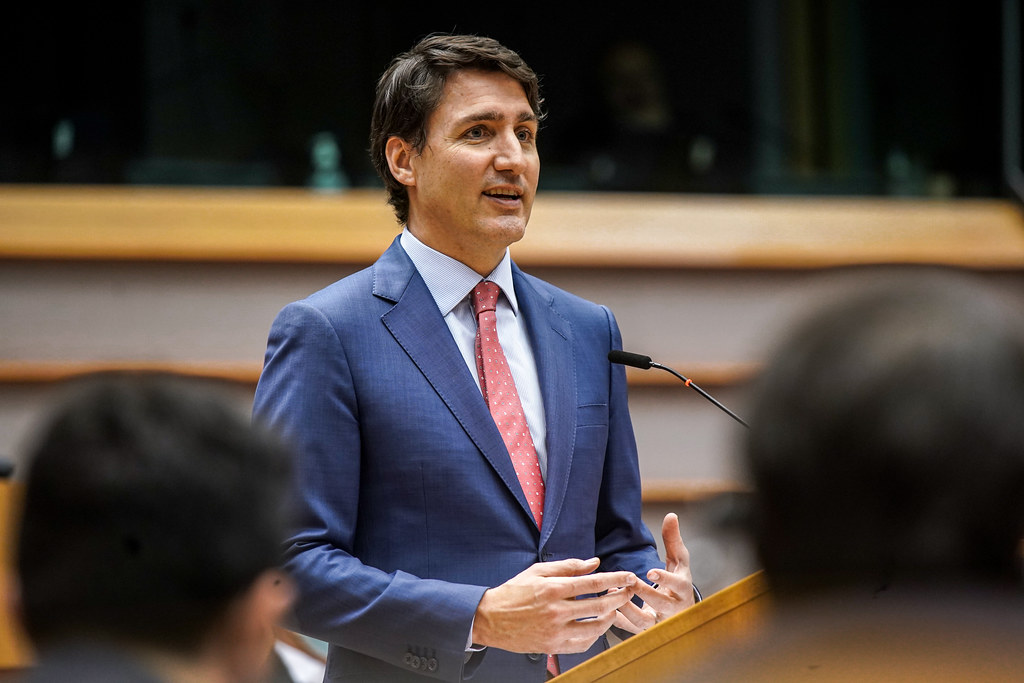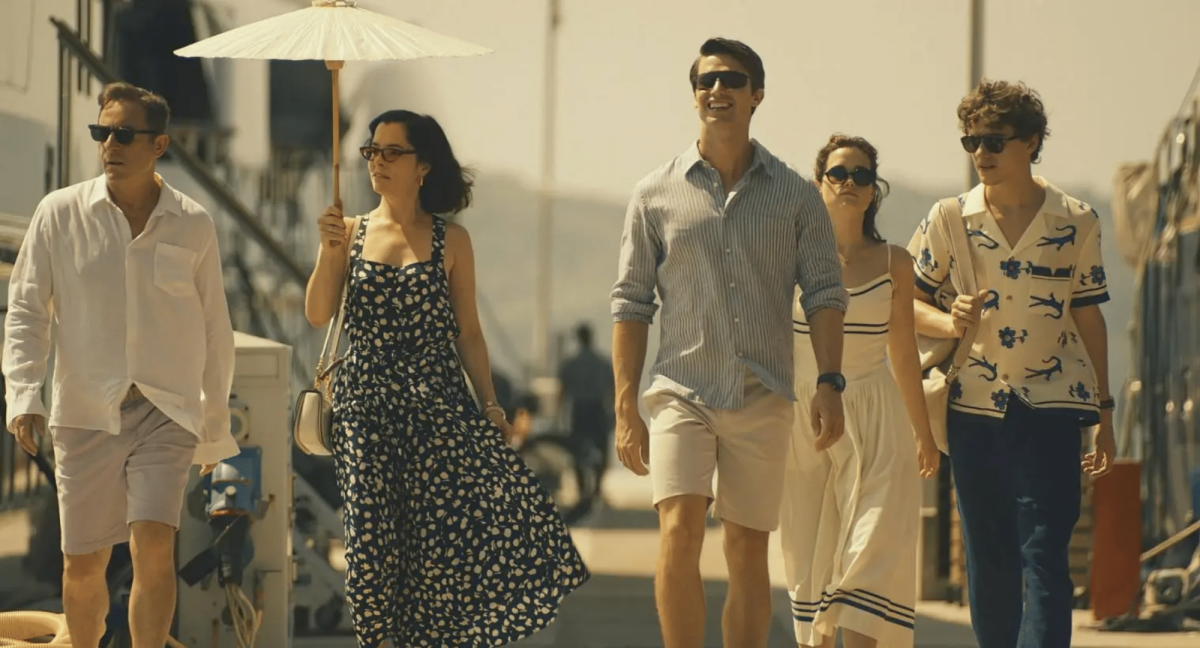Note: This article contains spoilers.
After two years, “The White Lotus” returned for a third season on Max, with a new cast and new themes. This season took place in Thailand at the Four Seasons Resort Koh Samui.
Each season of the show follows various employees and guests at a fictional luxury resort chain called “The White Lotus.” This season took a new approach to the opening scene: gunshots ring out, followed by the show’s signature discovery of a dead body. This is the first hint that a gun will be used in the finale, giving Creator, Writer and Director Mike White room to take advantage of this foreshadowing detail.
Through the robbery in episode two, Gaitok’s morals and Timothy Ratliff’s suicidal thoughts, White can keep the attention of viewers throughout the show from the suspense of both the shooter’s identity and the fate of their target.
Natasha Rothwell returns to her role as Belinda Lindsey, and much to the audience’s surprise, Jon Gries returns as Greg Hunt — or Gary as he now suspiciously calls himself. One of the major plotlines in this season follows Belinda as she recognizes Greg and uncovers what happened in Italy at the end of season two: his former wife’s questioningly sudden death. In exchange for five million dollars, Belinda agrees not to reveal Greg’s whereabouts to legally protect him from the police.
All members of the Ratliff family experience character arcs as the season progresses. Piper, the middle child, wants to pave her path and reveals that the reason she brought her family to Thailand wasn’t for her thesis on Buddhism but actually to scope out a monastery she was hoping to live at for the next year. Her mother, Victoria, whose out-of-touch nature turns her into a comic relief character, continuously tries to talk Piper out of it. Saxon, the oldest son, is a stuck-up “Finance Bro” who works for his dad. His younger brother, Lochlan (a chronic people-pleaser), tries to find a way to be himself without disappointing his family. Together, the brothers struggle to move on after recalling their incestuous relations while intoxicated during the trip.
The ending is foreshadowed when Rick is flashed a gun by Jim Hollinger, the hotel owner whom Rick believes killed his father – echoing the season one finale, where Shane’s knife on the bedside table hints at Armond’s death. As Rick shoots Jim, Khun Sritala (Jim’s wife) reveals that he is actually Rick’s dad. Although many fans theorized this was the case, the ending lands awkwardly. The quick transition between scenes made the sudden reveal feel like a forced afterthought, making the moment feel weightless in significance rather than a meaningful climax, even with the season-long buildup of his arc. The entire plotline culminated in a few seconds during a shootout after it explored Rick’s past in a lengthy subplot, almost neglecting other characters.
Finally, after a huge shootout, Gaitok overcomes his doubts about violence and does his job of protecting the hotel (by shooting Rick in this case). Due to multiple independent plotlines this season, most of the finale was dedicated to rounding out each story separately rather than bringing the series to a close.
The show quickly fires off resolutions to the various plotlines, seemingly ripping off the band-aid to expose the aftermath of every narrative. While many fans were unhappy with the finale, it shows that money wins. Even though she wrestled with it for two episodes, Belinda was seduced by the several zeros and took the payout. Greg/Gary can continue his life in Thailand without worrying about legal troubles. It can be inferred that the Ratliffs will financially manage when they return home. Gaitok ends up throwing away his morals, shooting Rick and getting promoted.
A common question about “The White Lotus” that often circulates is: “What is it about?” Each season carries its own central theme, which is heavily reflected in the hotel’s location – season one (Maui) dissects privilege and colonial undertones of luxury travel; season two (Sicily) explores how the characters exploit Sicilian culture as an “exotic” playground to indulge in their fantasies; season three (Thailand) confronts the ways people attempt to escape pain and the damage it leaves behind. While each chapter stands on its own, they collectively gear toward a deeper commentary. At its core, “The White Lotus” is not about the shocking twists and turns of what seem like murder mysteries. Rather, it’s more about exposing the irony and contradictions of luxury tourism – the way wealth sanitizes, consumes and ultimately corrupts. The White Lotus resorts promise their guests peace, to escape the painful realities that haunt the wealthy back home. However, Mike White shows the world that the guests never truly leave their troubles behind, as they often bring their chaos with them. “The White Lotus” holds up a mirror to the top 1% and asks not just what they’re running from but also what they leave behind in the process.

